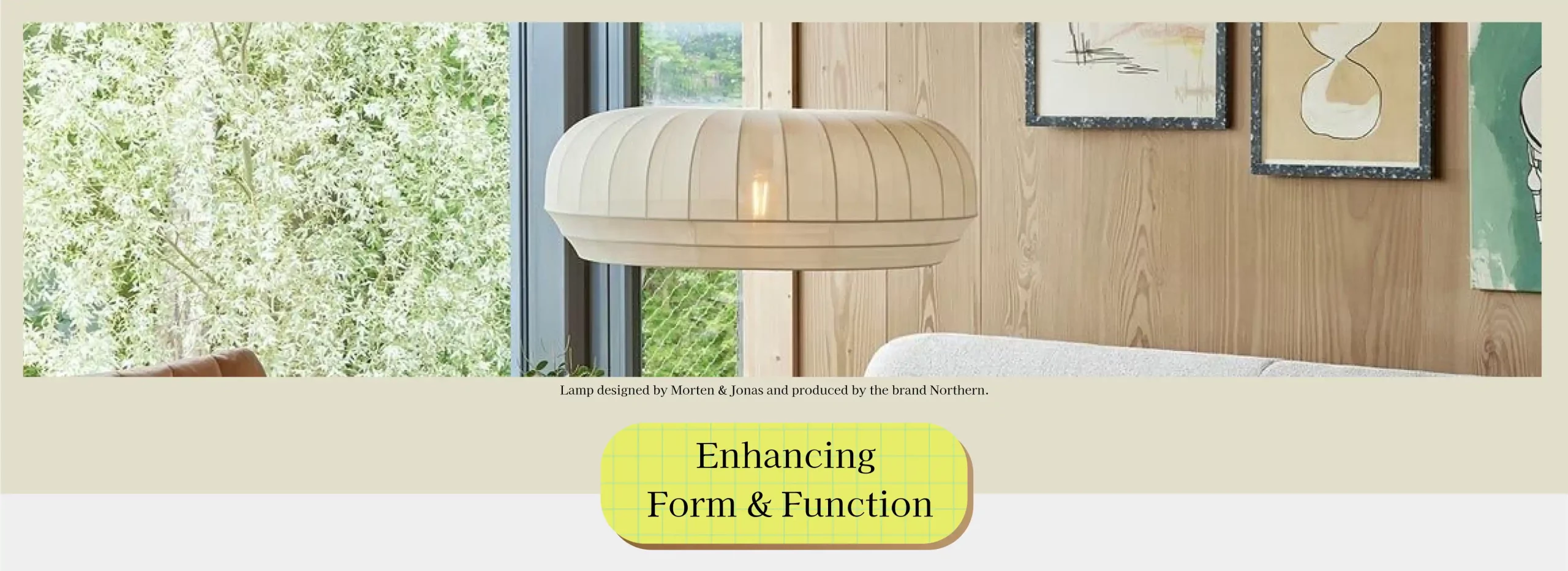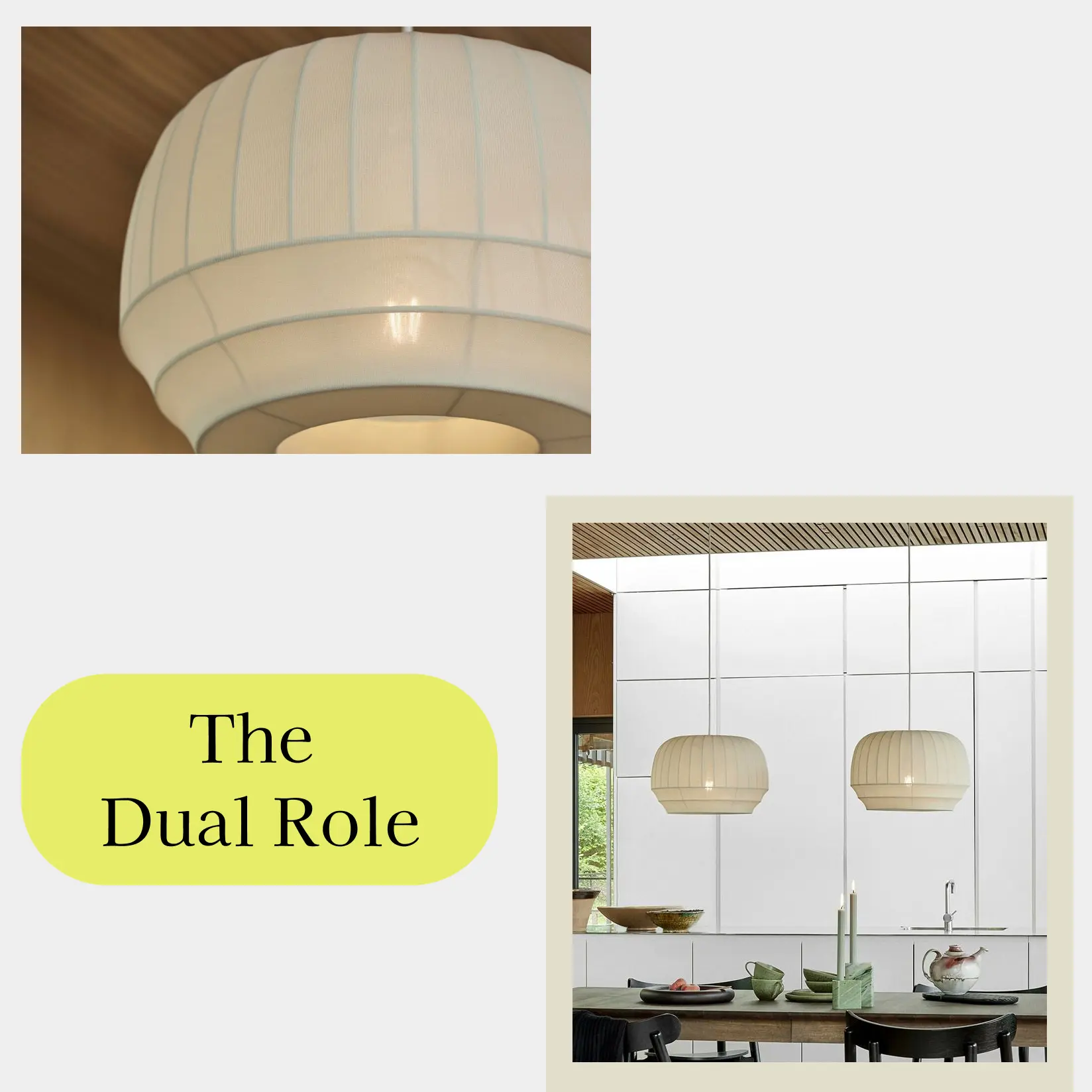
In the realm of interior design, lighting is not just about providing illumination—it’s a vital component that transforms spaces and enhances mood. Decorative lighting plays a pivotal role in this transformation, offering both aesthetic appeal and practical utility. But what exactly is decorative lighting, and how can it impact the form and function of a room?
Understanding Decorative Lighting
Decorative lighting refers to light fixtures that serve as a visual focal point in any space, adding style and sophistication while illuminating an area. Unlike general lighting, which uniformly lights an entire room, decorative lighting is often used to highlight specific zones, architectural features, or prized possessions. This type of lighting can range from intricately designed chandeliers and bold pendant lights to subtle recessed lighting that adds a touch of elegance without overpowering the space. A good example are the Tradition lamp by Morten & Jonas.
The concept of form and function of lighting revolves around the idea that light fixtures should be both beautiful and functional. The form involves the physical appearance of the light fixture, which should complement the overall decor of the room. On the other hand, the function pertains to the practical aspect of lighting.
For instance, a dimmable LED pendant light over a dining table serves a dual purpose: it provides necessary lighting for meals and gatherings, and its adjustable brightness can enhance the ambiance, transitioning from a bright, clear light for working or reading to a softer glow for romantic dinners or casual socializing.
Decorative lighting is a powerful tool in interior design, capable of transforming a simple space into a stunning visual experience. By understanding the balance between form and function of lighting, and utilizing options like dimmable lights, designers and homeowners can significantly enhance the usability and beauty of their spaces.
Check out more of Morten & Jonas.



